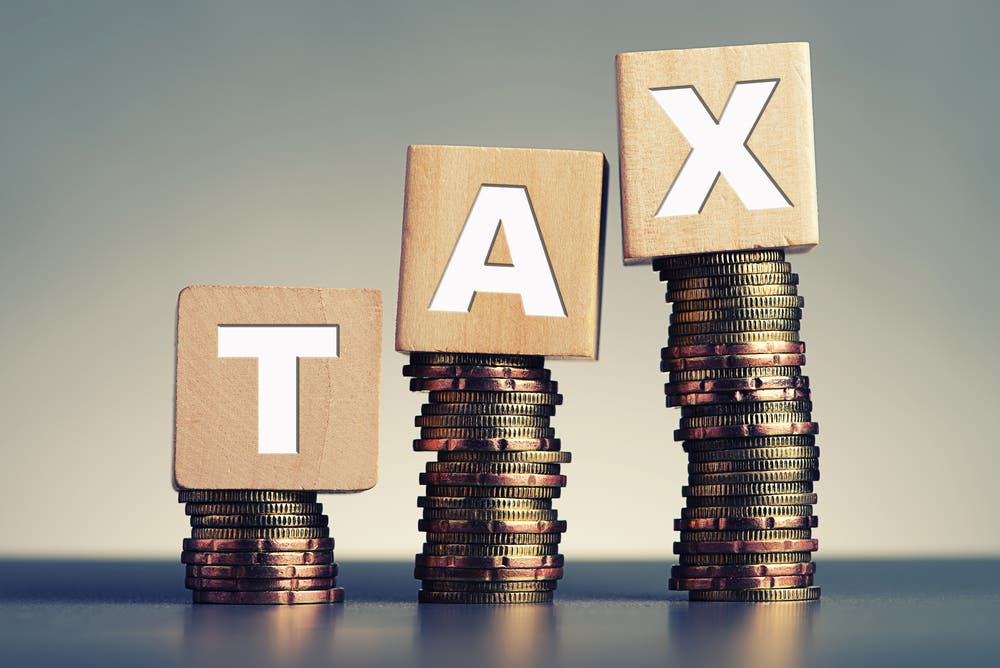Credit Cards & Loans
The number of Brits struggling to pay tax bills jumps by a fifth

The number of self-assessment taxpayers who have used HMRC’s Time to Pay service is up 3,900 on last year.
In the six months since 5 April this year, 21,600 people with self-assessment tax bills have set up a Time to Pay arrangement with HMRC to spread the cost.
While HMRC touts the service as a way of helping individuals and small businesses to pay their bills, experts suggest that increased take-up of the service is a concern.
Time to Pay allows taxpayers to pay money owed to HMRC in monthly instalments, typically over a period of up to 12 months. But they pay interest on outstanding amounts, and the interest rate has gone up from 3.25% to 5.5% since April.
In the 12 months to 5 April 2022, almost 142,000 taxpayers used Time to Pay to pay tax owed for the 2020/21 tax year, spreading the cost of around £475m into monthly instalments.
Self-assessment customers can set up Time to Pay online if they have filed their tax return for the 2021/22 tax year, owe less than £30,000 and can pay in full within 12 months. If customers owe more than £30,000, or need longer to pay, they should call HMRC on 0300 200 3822.
‘Paying more for the privilege’
Sarah Coles, senior personal finance analyst at Hargreaves Lansdown, said: “The enormous pressure on taxpayers is taking a toll, with thousands of people already realising there’s no way they’ll be able to afford their tax bill in January. The horrible truth will dawn on tens of thousands more of them in the coming months, and they’ll have to pay far more in order to spread the cost.
“The fact that so many taxpayers need help is a worry. Already 21,600 have signed up in the first six months of the tax year, and we know that the number using it tends to ramp up dramatically over the last six months of the tax year – especially as the self-assessment deadline approaches. Last year, 17,700 people had signed up by November, and by April almost 142,000 had done so. If we follow the same sort of pattern this year, we could see over 170,000 needing this help by next April.
“To make matters worse, they’re paying more for the privilege. The interest rate on these debts is linked to the Bank of England base rate, so it has been ramping up as rates rise. At the start of this year it was 2.75%, by April it hit 3.25%, and from 22 November it will stand at 5.5%. Given that these taxpayers were already in difficulty, this is the last thing they need. Somehow they have to pay off existing debts, cover higher interest charges, and still find the cash to put aside for their tax bill next year. There’s a risk that this proves too much of a challenge, and it could help push their finances to breaking point.”